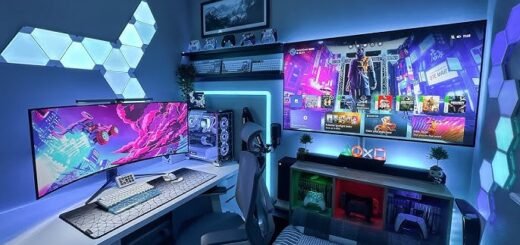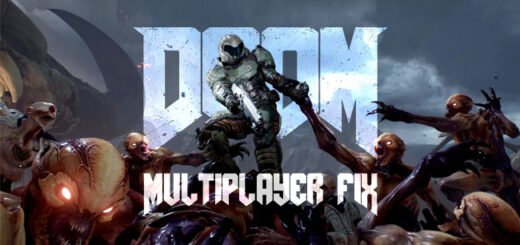How To Improve Fallout 76 FPS (Frame Rate), Overall Performance On PC

Fallout 76 has had a rough first few weeks. As has become an unintentional tradition for Bethesda, the latest addition to the studio’s brand of open-world RPGs hit the shelves rife with technical issues, requiring sizable patches soon after launch. The game was already in deep waters with the Fallout fan-base over its risky venture into the multiplayer space. The rocky start, despite having been expected, added further fuel to that fire.
After having put in over 20 hours into the game, I can say with confidence that it can be quite a hoot – playing solo or with friends – especially for those who like the exploration element of sandbox titles. There is much to persevere through first, however – even if one is to ignore the lack of NPCs and odd bug, frequent stuttering and significant intermittent drops in frame rate, especially on the PC variant of the game, are bound to leave a sour taste. Even players with systems on the higher end of the spectrum have been reporting poor performance through several areas of the game.

Good news is, the folks at Bethesda seem to be hard at work to address all concerns – the studio recently removed the 63 fps cap that was in place as a temporary measure to prevent the frame rate from exceeding the frequency with which the game’s engine updates its physics and AI. Performance issues may take more time to resolve, though. If you’d rather not hold your breath, here are a few tips to improve frame rate and overall performance in Fallout 76 on Windows.
Note that the degree to which these may be effective depends on your system’s capabilities.
1. Turn off Vertical Sync
By forcing Vsync forced off from your GPU’s control panel, you can reduce input lag to make movement and combat feel a tad less sluggish, though you will have to make your peace with an uncapped frame rate and having to experience screen tearing.
Those with NVIDIA hardware can do this from the NVIDIA Control Panel as follows.
1. Right-click on an empty space on the Desktop or the NVIDIA Settings icon in the System Tray and launch the NVIDIA Control Panel application from there.
2. From under the “Select a Task…” panel, switch to the Manage 3D settings section.
3. Click the Add button in the right panel followed by Browse, then find and select the Fallout 76 executable from within the Bethesda.net Launcher’s installation directory (Bethesda.net Launcher > games > Fallout 76).
4. Ensure Fallout76.exe is selected within the drop-down menu, then scroll down until you find Vertical sync and change its setting to Off.

2. Change Window Mode to Fullscreen
Players have reported significant improvements in frame rate with the Window Mode option in the game’s display settings set to Fullscreen. This option is set to Borderless Window by default. Remember that you will have to restart the game for the change to take effect.

3. Set Shadow Distance to Low, Other Tweaks
While setting everything to low should allow for the best possible performance, not everyone is willing to compromise so heavily on visual quality. Changing the Shadow Distance option within the game’s display settings to Low should improve average frame rate significantly while taking very little away from the visuals. The next settings to tweak down would be Actor Fade, Item Fade, Object Fade, and Grass Fade, followed by Shadow Quality. Reducing any of the “quality” settings below Medium will deliver a significant hit to visual quality. Touching resolution should be an absolute last resort.
Again, you will have to restart the game to apply any changes you make here.
4. Fallout Preference File Tweaks
If all your efforts up until this point have been in vain, it may be time to jump into the Fallout 76 config file for some fine-tuning. Navigate to Documents > My Games > Fallout 76 and launch Fallout76Prefs.ini. Before you make any changes to this file, you may want to back it up to another directory. A majority of the variables here have self-explanatory labels and values, though there are quite a few to go through.

A good place to start might be the following changes. You may try launch the game with all of the following changes or one by one to decide what suits you best.
- iMaxAnisotropy from “16” to “8”
- sAntiAliasing from “TAA” to “FXAA”
- bDoDepthOfField from “1” to “0”
- bLensFlare from “1” to “0”
- bScreenSpaceBokeh from “1” to “0”
Did this guide help you? Show us some love by following us on Facebook, Twitter, and Google+ for instant social media updates from our website! You can also find us on YouTube.
<script async="" src="https://web.archive.org/web/20240910083104js_/https://pagead2.googlesyndication.com/pagead/js/



